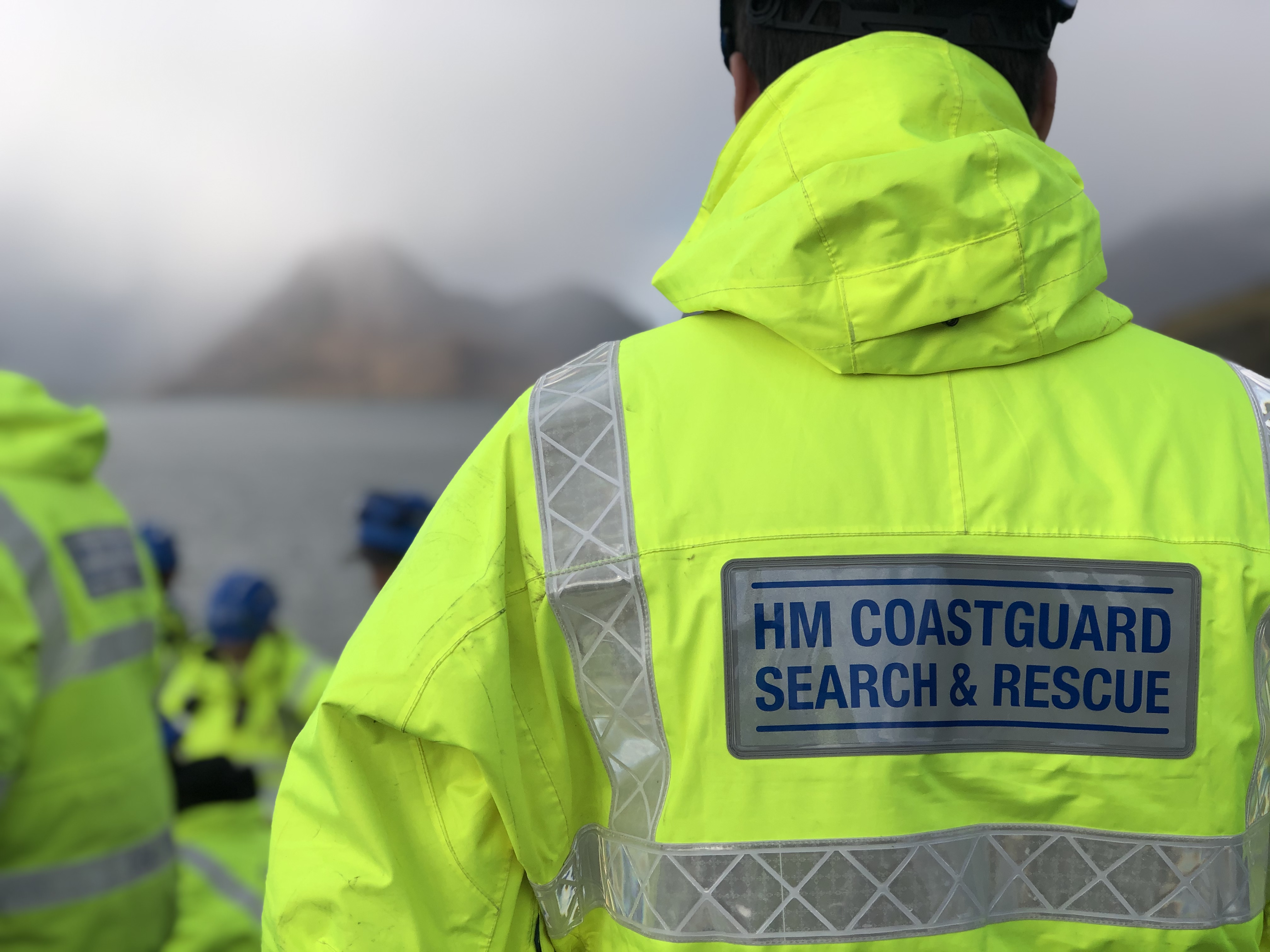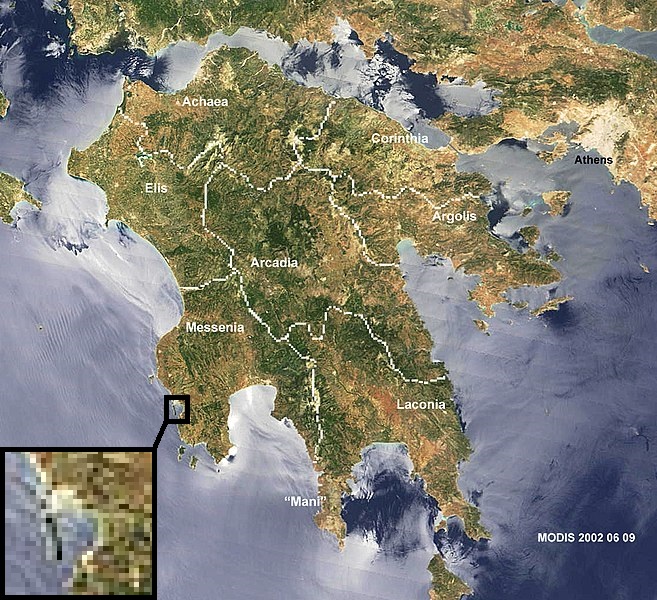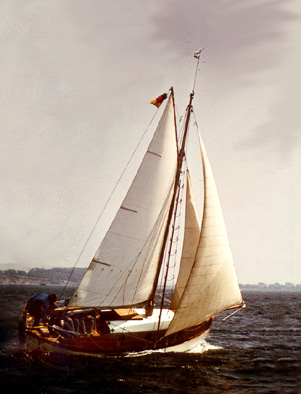|
HMS Hind (1814)
Eighteen ships of the Royal Navy have borne the name HMS ''Hind'' or HMS Hynd: * was a 28-gun vessel built in 1545 and sold in 1555. * was an 18-gun ship purchased in 1643 and listed until 1651. She was in Royalist hands between 1648 and 1649. * was an 8-gun ketch launched in 1655 and wrecked in 1668. * was a 6-gun dogger captured from the Dutch in 1672 and recaptured by them in 1674. * was a 10-gun ketch launched in 1691 captured by the French in 1697. * was a 12-gun sixth rate purchased in 1709 and lost to a stranding later that year. * was a 16-gun sixth rate captured in 1709. She bilged on her anchor in 1711 and sank. * was a 20-gun sixth rate launched in 1711 and wrecked in 1721. The ship struck a rock "half a musket shot" off Guernsey castle on 7 December 1721, and 21 hands were lost including the Captain Fuzzard. The loss was attributed to the "ignorance of the pilot". 94 of the ship's company were saved. Amongst those rescued was the ship's surgeon, Mr Forkington, "who wa ... [...More Info...] [...Related Items...] OR: [Wikipedia] [Google] [Baidu] |
Royal Navy
The Royal Navy (RN) is the naval warfare force of the United Kingdom. It is a component of His Majesty's Naval Service, and its officers hold their commissions from the King of the United Kingdom, King. Although warships were used by Kingdom of England, English and Kingdom of Scotland, Scottish kings from the early Middle Ages, medieval period, the first major maritime engagements were fought in the Hundred Years' War against Kingdom of France, France. The modern Royal Navy traces its origins to the English Navy of the early 16th century; the oldest of the British Armed Forces, UK's armed services, it is consequently known as the Senior Service. From the early 18th century until the World War II, Second World War, it was the world's most powerful navy. The Royal Navy played a key part in establishing and defending the British Empire, and four Imperial fortress colonies and a string of imperial bases and coaling stations secured the Royal Navy's ability to assert naval superior ... [...More Info...] [...Related Items...] OR: [Wikipedia] [Google] [Baidu] |
Sloop-of-war
During the 18th and 19th centuries, a sloop-of-war was a warship of the Royal Navy with a single gun deck that carried up to 18 guns. The rating system of the Royal Navy covered all vessels with 20 or more guns; thus, the term encompassed all unrated warships, including List of gun-brigs of the Royal Navy, gun-brigs and Cutter (boat), cutters. In technical terms, even the more specialised bomb vessels and fire ships were classed by the Royal Navy as sloops-of-war, and in practice these were employed in the role of a sloop-of-war when not carrying out their specialised functions. In World War I and World War II, the Royal Navy reused the term "sloop" for specialised convoy-defence vessels, including the of the First World War and the highly successful of the Second World War, with anti-aircraft and anti-submarine capabilities. They performed similar duties to the destroyer escorts of the United States Navy, and also performed similar duties to the smaller corvettes of the Royal ... [...More Info...] [...Related Items...] OR: [Wikipedia] [Google] [Baidu] |
Black Swan-class Sloop
The ''Black Swan'' class and Modified ''Black Swan'' class were two classes of sloop of the Royal Navy and Royal Indian Navy. Twelve ''Black Swan''s were launched between 1939 and 1943, including four for the Royal Indian Navy; twenty-five Modified ''Black Swan''s were launched between 1942 and 1945, including two for the Royal Indian Navy; several other ships were cancelled. History Like corvettes, sloops of that period were specialised convoy-defence vessels. Corvettes were based on a mercantile design with triple expansion engines, sloops were conventional naval vessels with turbines. Sloops were larger and faster with a heavy armament of high angle 4-inch guns which had superior anti-aircraft fire control via the Fuze Keeping Clock, while retaining excellent anti-submarine capability. They were designed to have a longer range than a destroyer at the expense of a lower top speed, while remaining capable of outrunning surfaced Type VII and Type IX U-boats. In World War ... [...More Info...] [...Related Items...] OR: [Wikipedia] [Google] [Baidu] |
Yawl
A yawl is a type of boat. The term has several meanings. It can apply to the rig (or sailplan), to the hull type or to the use which the vessel is put. As a rig, a yawl is a two masted, fore and aft rigged sailing vessel with the mizzen mast positioned abaft (behind) the rudder stock, or in some instances, very close to the rudder stock. This is different from a ketch, where the mizzen mast is forward of the rudder stock. The sail area of the mizzen on a yawl is consequentially proportionately smaller than the same sail on a ketch. As a hull type, yawl may refer to many types of open, clinker-built, double-ended, traditional working craft that operated from the beaches of Great Britain and Ireland. These boats are considered to be linked to the Viking or Nordic design tradition. Most of these types are now extinct, but they include the Norfolk and Sussex Beach Yawls (called "yols" by the men who crewed them), which were probably the fastest-sailing open boats ever built. ... [...More Info...] [...Related Items...] OR: [Wikipedia] [Google] [Baidu] |
Her Majesty's Coastguard
His Majesty's Coastguard (HMCG) is the section of the Maritime and Coastguard Agency responsible, through the Secretary of State for Transport to Parliament, for the initiation and co-ordination of all maritime search and rescue (SAR) within the UK Maritime Search and Rescue Region. This includes the mobilisation, organisation and tasking of adequate resources to respond to persons either in distress at sea, or to persons at risk of injury or death on the cliffs or shoreline of the United Kingdom. Since 2015 it has also been responsible for land-based search and rescue helicopter operations. The chief executive of the Maritime and Coastguard Agency is Virginia McVea. His Majesty's Coastguard is a uniformed service that fulfils six of the nine functions required by the International Maritime Organization (IMO): *Search and Rescue *Pollution Response *Vessel Traffic Management *Maritime Safety *Accident and Disaster Response *Maritime Security The other three IMO functions ... [...More Info...] [...Related Items...] OR: [Wikipedia] [Google] [Baidu] |
Gunboat
A gunboat is a naval watercraft designed for the express purpose of carrying one or more guns to bombard coastal targets, as opposed to those military craft designed for naval warfare, or for ferrying troops or supplies. History Pre-steam era In the age of sail, a gunboat was usually a small undecked vessel carrying a single smoothbore cannon in the bow, or just two or three such cannons. A gunboat could carry one or two masts or be oar-powered only, but the single-masted version of about length was most typical. Some types of gunboats carried two cannon, or else mounted a number of swivel guns on the railings. The small gunboat had advantages: if it only carried a single cannon, the boat could manoeuvre in shallow or restricted areas – such as rivers or lakes – where larger ships could sail only with difficulty. The gun that such boats carried could be quite heavy; a 32-pounder for instance. As such boats were cheap and quick to build, naval forces favoured swarm ... [...More Info...] [...Related Items...] OR: [Wikipedia] [Google] [Baidu] |
Battle Of Navarino
The Battle of Navarino was a naval battle fought on 20 October (O.S. 8 October) 1827, during the Greek War of Independence (1821–1829), in Navarino Bay (modern Pylos), on the west coast of the Peloponnese peninsula, in the Ionian Sea. Allied forces from Britain, France, and Russia decisively defeated Ottoman and Egyptian forces which were trying to suppress the Greeks, thereby making Greek independence much more likely. An Ottoman armada which, in addition to Imperial warships, included squadrons from the ''eyalets'' of Egypt and Regency of Algiers and Tunis, was destroyed by an Allied force of British, French and Russian warships. It was the last major naval battle in history to be fought entirely with sailing ships, although most ships fought at anchor. The Allies' victory was achieved through superior firepower and gunnery. The context of the three Great Powers' intervention in the Greek conflict was the Russian Empire's long-running expansion at the expense of the deca ... [...More Info...] [...Related Items...] OR: [Wikipedia] [Google] [Baidu] |
Cutter (ship)
A cutter is any of various types of watercraft. The term can refer to the rig (sail plan) of a sailing vessel (but with regional differences in definition), to a governmental enforcement agency vessel (such as a coast guard or border force cutter), to a type of ship's boat which can be used under sail or oars, or, historically, to a type of fast-sailing vessel introduced in the 18th century, some of which were used as small warships. As a sailing rig, a cutter is a single-masted boat, with two or more headsails. On the eastern side of the Atlantic, the two headsails on a single mast is the fullest extent of the modern definition. In U.S. waters, a greater level of complexity applies, with the placement of the mast and the rigging details of the bowsprit taken into account so a boat with two headsails may be classed as a sloop. Government agencies use the term "cutter" for vessels employed in patrolling their territorial waters and other enforcement activities. This terminol ... [...More Info...] [...Related Items...] OR: [Wikipedia] [Google] [Baidu] |
Inland Revenue
The Inland Revenue was, until April 2005, a department of the British Government responsible for the collection of direct taxation, including income tax, national insurance contributions, capital gains tax, inheritance tax, corporation tax, petroleum revenue tax and stamp duty. More recently, the Inland Revenue also administered the Tax Credits schemes, whereby monies, such as Working Tax Credit (WTC) and Child Tax Credit (CTC), are paid by the government into a recipient's bank account or as part of their wages. The Inland Revenue was also responsible for the payment of child benefit (from 1999). The Inland Revenue was merged with HM Customs and Excise to form HM Revenue and Customs which came into existence on 18 April 2005. The current name was promoted by the use of the expression "from Revenue and Customs" in a series of annual radio, and to a lesser extent, television public information broadcasts in the 2000s and 2010s. History The Board of Taxes The beginning ... [...More Info...] [...Related Items...] OR: [Wikipedia] [Google] [Baidu] |
Gout
Gout ( ) is a form of inflammatory arthritis characterized by recurrent attacks of pain in a red, tender, hot, and Joint effusion, swollen joint, caused by the deposition of needle-like crystals of uric acid known as monosodium urate crystals. Pain typically comes on rapidly, reaching maximal intensity in less than 12 hours. The Metatarsophalangeal joint, joint at the base of the Hallux, big toe is affected (''Podagra'') in about half of cases. It may also result in Tophus, tophi, kidney stones, or Urate nephropathy, kidney damage. Gout is due to persistently elevated levels of uric acid (urate) in the blood (hyperuricemia). This occurs from a combination of diet, other health problems, and genetic factors. At high levels, uric acid crystallizes and the crystals deposit in joints, tendons, and surrounding tissues, resulting in an attack of gout. Gout occurs more commonly in those who regularly drink beer or sugar-sweetened beverages; eat foods that are high in purines such ... [...More Info...] [...Related Items...] OR: [Wikipedia] [Google] [Baidu] |
Cavalier
The term ''Cavalier'' () was first used by Roundheads as a term of abuse for the wealthier royalist supporters of Charles I of England and his son Charles II of England, Charles II during the English Civil War, the Interregnum (England), Interregnum, and the Restoration (England), Restoration (1642 – ). It was later adopted by the Royalists themselves. Although it referred originally to political and social attitudes and behaviour, of which clothing was a very small part, it has subsequently become strongly identified with the fashionable clothing of the court at the time. Prince Rupert of the Rhine, Prince Rupert, commander of much of Charles I's cavalry, is often considered to be an archetypal Cavalier. Etymology ''Cavalier'' derives from the same Latin root as the Italian word , the French word , and the Spanish word , the Vulgar Latin word ''wikt:caballarius, caballarius'', meaning 'horseman'. Shakespeare used the word ''cavaleros'' to describe an overbearing swashbuckl ... [...More Info...] [...Related Items...] OR: [Wikipedia] [Google] [Baidu] |
Ship's Doctor
A naval surgeon, or less commonly ship's doctor, is the person responsible for the health of the ship's company aboard a warship. The term appears often in reference to Royal Navy's medical personnel during the Age of Sail. Ancient uses Specialised crew members capable of providing medical care have been a feature of military vessels for at least two thousand years. The second-century Roman Navy under Emperor Hadrian included a surgeon aboard each of its triremes, with the position earning twice a regular officer's pay. Royal Navy From the early days of the Royal Navy, surgeons had been carried on board ships (albeit intermittently, depending on the length of voyage and likelihood of hostilities). In the Tudor period, surgeons were regulated by the Company of Barber-Surgeons. William Clowes, sometime Warden of the Company, and his colleague John Banister (both of whom had served at sea early in their careers) did much to ensure that naval surgeons were properly qualified and ... [...More Info...] [...Related Items...] OR: [Wikipedia] [Google] [Baidu] |








